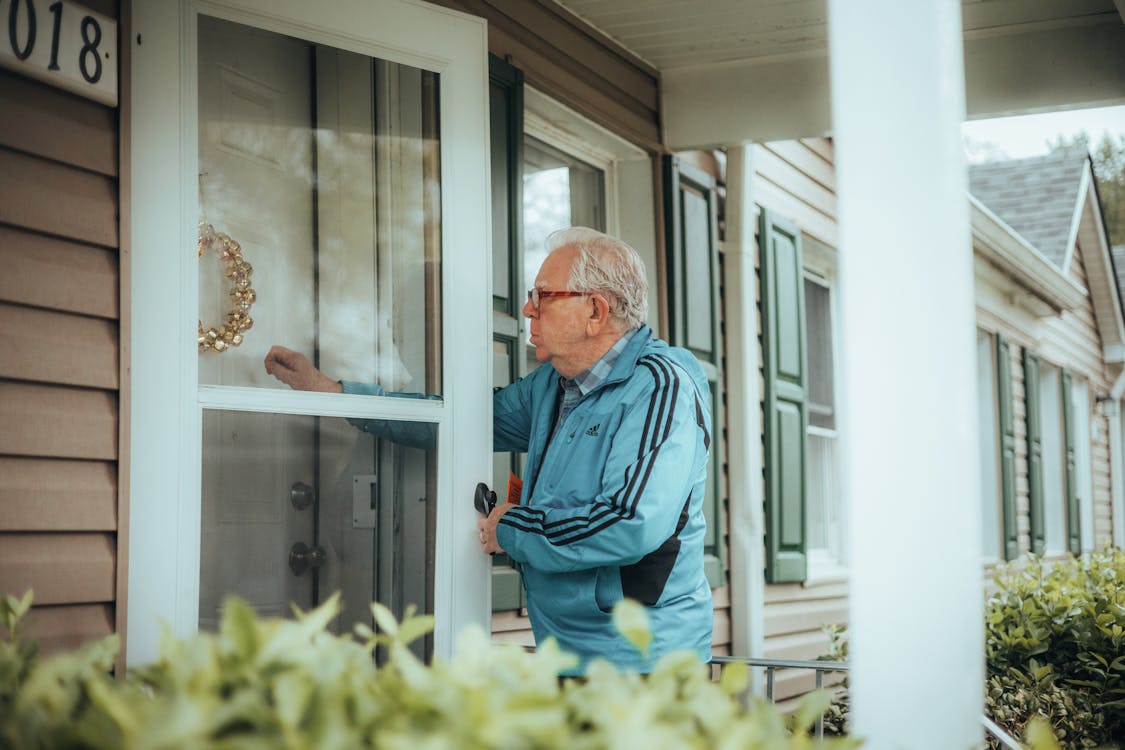Funding Innovative Senior Housing Solutions as Part of COVID-19 Recovery
Introduction
The COVID-19 pandemic has profoundly impacted senior housing, highlighting the urgent need for innovative solutions to address the challenges faced by elderly populations. This summary explores the multifaceted issues in senior housing, including affordability, accessibility, social isolation, and health risks, alongside proposed solutions and emerging trends in technology adoption and design.
Challenges in Senior Housing
-
Affordability Issues
Many elderly individuals live on fixed incomes, such as pensions or social security benefits, which often fail to keep pace with rising housing costs. This financial strain forces seniors to choose between essentials like food and healthcare or paying for housing. The result is a growing risk of homelessness or living in substandard conditions2. -
Accessibility Barriers
Traditional housing often lacks modifications to accommodate mobility issues or other health-related concerns. Features like ramps, grab bars, and wide doorways are essential but frequently absent, increasing the risk of falls and injuries among seniors2. -
Social Isolation
Inadequate housing options can lead to social isolation, which has severe implications for mental health. Many seniors find themselves cut off from social networks and support systems, resulting in loneliness and depression2. -
Health Risks Exacerbated by COVID-19
The pandemic has heightened health risks for seniors due to lockdowns and isolation. Many have delayed surgeries or treatments, leading to deteriorating mobility and higher acuity levels upon entering senior housing communities1. Additionally, nursing home residents were disproportionately affected by COVID-19-related deaths3.

Proposed Solutions for Seniors Housing
-
Affordable Housing Complexes
Developing affordable senior housing complexes designed with universal principles can address both accessibility and affordability challenges. These complexes would include features like accessible layouts, communal spaces for social interaction, and proximity to essential services such as healthcare facilities and grocery stores2. -
Financial Assistance Programs
Tailored financial programs such as rental assistance, property tax relief, or subsidies for home modifications can alleviate the financial burden on seniors. These initiatives empower elderly individuals to remain in their homes longer or transition to suitable living arrangements without fear of financial instability2. -
Multigenerational Housing Initiatives
Programs that promote co-living between seniors and younger cohorts can enhance social interactions while providing affordable housing solutions. For example, university students may live rent-free in senior care facilities in exchange for volunteer work, fostering community engagement and reducing loneliness among seniors4. -
Technology Integration
The adoption of technologies such as telehealth services, wearable devices (e.g., FitBits), and service-oriented robots has accelerated during the pandemic. These innovations enable real-time communication with healthcare providers, monitor residents’ health remotely, and facilitate virtual connections with family members13. Robots equipped with video screens have also been used creatively to combat isolation during lockdowns3. -
Innovative Design Trends
Post-pandemic design trends emphasize flexible spaces that support social distancing while promoting community engagement. Features like adaptable lobby zones and enhanced personal protection measures are being incorporated into new senior housing projects5.
Benefits of Accessible and Affordable Housing
Accessible and affordable housing is crucial for maintaining the dignity and independence of elderly individuals. When seniors have access to suitable living conditions:
-
They are more likely to remain active members of their communities.
-
Healthcare costs are reduced due to fewer health crises requiring emergency intervention.
-
Social engagement is fostered, countering feelings of loneliness and depression2.
Collaboration Among Stakeholders
Addressing senior housing challenges requires collaboration among community organizations, government agencies, private developers, and nonprofits:
-
Nonprofits can advocate for policy changes prioritizing affordable housing.
-
Partnerships with private developers can lead to innovative solutions combining affordability with accessibility.
-
Local governments can identify funding opportunities to support targeted programs24.
Funding Strategies
Securing funding is essential for implementing innovative senior housing solutions:
-
Federal grants, state programs, and private donations are traditional funding sources.
-
Social impact bonds offer an alternative financing model where private investors fund social programs with returns based on success metrics.
-
Diversified funding streams ensure resources are available for ongoing efforts2.
Implementation and Evaluation
Effective implementation involves engaging seniors directly through surveys or focus groups to understand their needs. Key performance indicators (KPIs) such as resident satisfaction rates, health outcomes, and community engagement levels should be monitored regularly to assess impact and make necessary adjustments2.
Conclusion
The COVID-19 pandemic has underscored the importance of addressing senior housing challenges as part of recovery efforts. By recognizing the unique needs of elderly populations—affordability, accessibility, social engagement—and implementing targeted solutions like affordable housing complexes, financial assistance programs, multigenerational initiatives, technology integration, and innovative designs, we can create environments that promote independence and well-being.
Collaboration among stakeholders is vital for driving these initiatives forward. Prioritizing funding for elderly housing projects while advocating for supportive policies will ensure that every senior has access to safe and supportive living conditions.
Moving forward:
-
Engaging seniors in decision-making processes will ensure their voices are heard.
-
Diversifying funding sources will sustain long-term efforts.
Together, these measures will pave the way for a future where elderly individuals thrive in their later years within inclusive communities that meet their evolving needs24.
